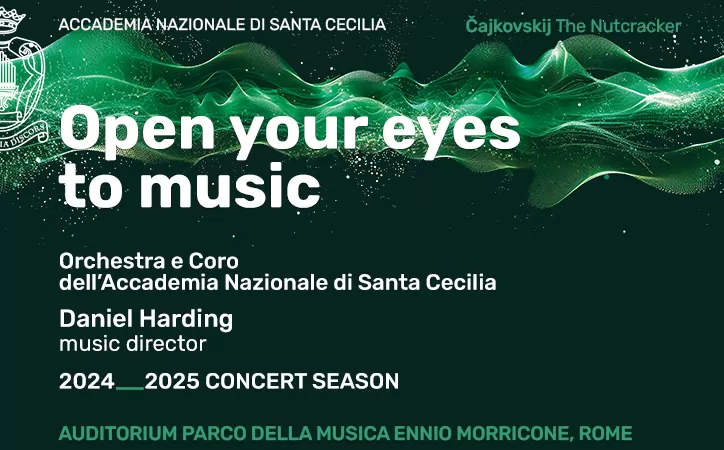Sometimes, navigating the wide world of Italian wine can be extremely challenging, but here is a little guide to help you out.
There is not a single doubt that wine plays an important role in Italian culture.
For centuries, generation after generation have perfected the art of wine making.
From what grape to use to how long it should age to, even, what it should age in, Italy has birthed exceptional wines. Each one is unique, whether is sparkling red wine or full-bodied white wine, exceptional smells and bursting flavor profiles emerge from every bottle.
Sometimes, navigating the wide world of wine can be extremely challenging, but here is a little guide to help you out.
Barolo
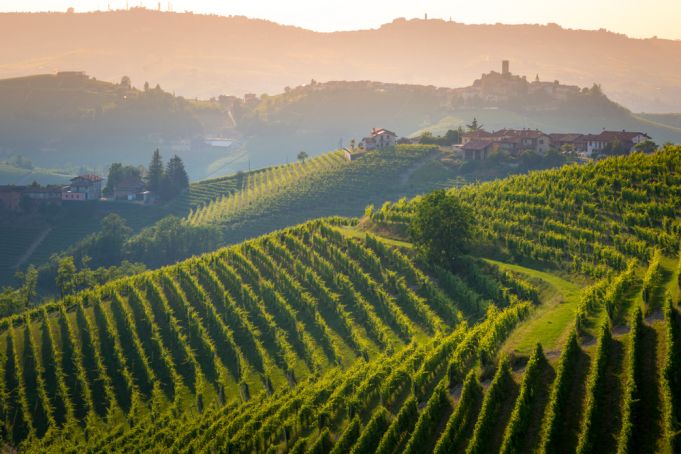
Originating from northern Italy, specifically from the Piedmont region, is the Barolo wine. This red wine is made from Nebbiolo grapes. These grapes are known to be small with a thin skin. They tend to be high in acid and tannins, the phenolic substance that give wine a bitter note. This note usually becomes subtler as the wine ages.
Also read:
Barolo is classified as a Denominazione di Origine Controllata e Garanita, which is the highest classification of Italian wines. This classification indicates a specific production method, as well as guaranteeing a specific type of quality. By being a part of the Denominazione di Origine Controllata e Garantita classification, Barolo must be made completely of Nebbiolo grapes.
The Barolo wine must be aged for at least 38 months. Out of this time period, the wine must age in wooden barrels for 18 months. Sometimes, Barolo wine will be labeled with the term “Riserva,” meaning the wine was aged in a cellar for at least five years.
With a minimum of 13 percent alcohol, Barolo wine is most commonly compared to the Pinot Noirs of Burgundy. This bright, acidic wine lets off whiffs of rose, tar and dried herbs aromas.
Cannonau di Sardegna
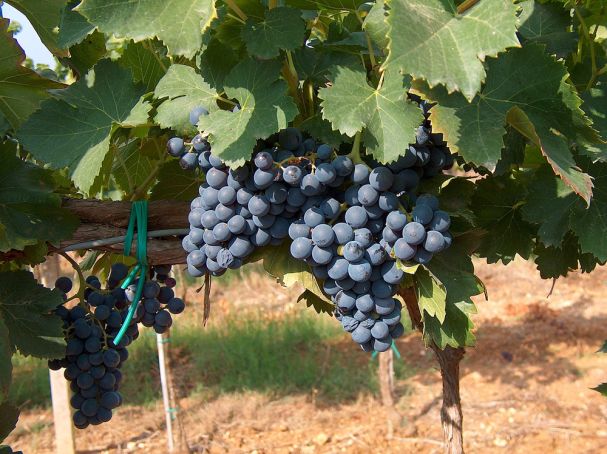
Off of the Italian mainland, Cannonau di Sardegna come from the Italian island of Sardinia. This wine is made from the very grapes that give the wine its name. The Cannonau grape is the local Italian name for the Grenache grape.
The Grenache grape originates from wine regions in Australia, France, Spain and the United States. The grape tends to ripe late, in warm, dry atmospheres, which is why Spain is the perfect place for them to grow. The Cannonau grapes is high in sugar contents, making the red or rosé Cannonau di Sardegna wines sweet.
Like the Borolo wine, Cannonau di Sardegna is labeled as a Riserva. It must be aged for at least two years, before being released for retail. The aging of Cannonau di Sardegna is typically done in barrels made of chestnut, but sometimes the wine is aged in oak.
Cannonau di Sardegna is not normally linked to a great flavor profile. Rather, this wine is linked to longevity. Containing a high content of antioxidant-rich compounds, specifically anthocyanins and polyphenols, this wine promotes heart health.
For locals living on the island of Sardinia, who consume Cannonau di Sardegna regularly, they found that they lived a longer than average lifetime. In most cases, locals would live into their 90s. In rare cases, some locals have lived past 100 years old.
Most people describe Cannonau di Sardegna as having the taste of ripe berries, plums, cranberries and a hint of white spice.
Franciacorta
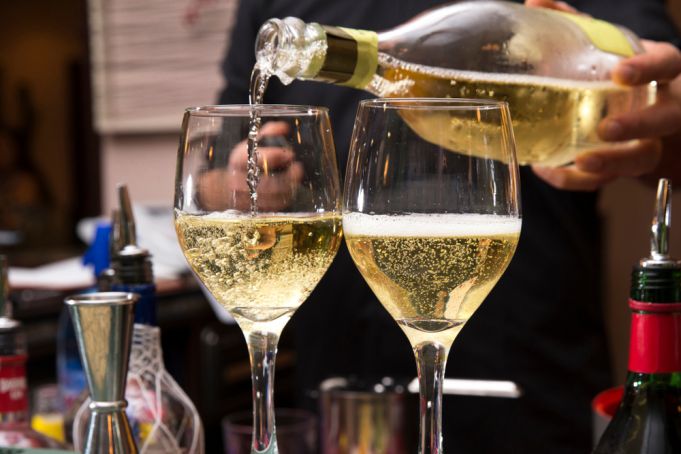
From the Providence of Brescia, in the Lombardy region, originates the sparkling wine of Franciacorta. Also known as the Italian Champagne, this wine is made from the same grapes that produce Champagne: Chardonnay, Pinot Noir and Pinot Blanc grapes.
Also read:
What to see and what to do in Bergamo
Labeled as a Denominazione di Origine Controllata e Garantita, Franciacorta is produced and aged similarly to Barolo wine. It is also made to reach it a certain quality qualification.
Franciacorta is primarily compared to Prosecco. However, unlike Prosecco, the Italian Champagne does not form its bubbles, during the second fermentation in a tank. Rather, Franciacorta becomes sparkling, during its second, in-bottle fermentation.
Due to this fermentation process, Franciacorta wine is typically drier than most. It also has a flavor profile similar to yeast.
Barbaresco
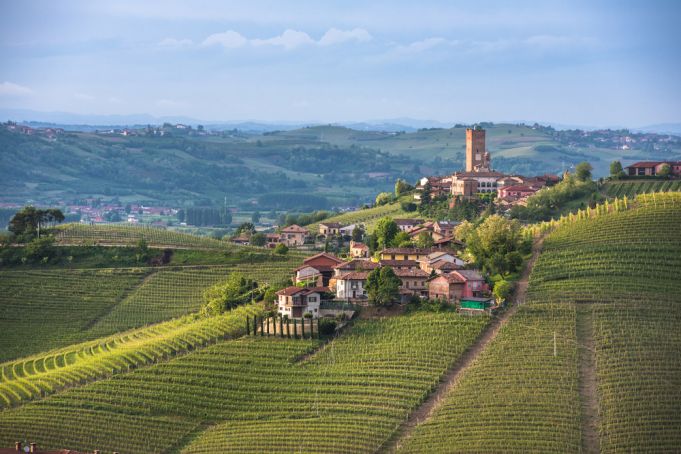
Historically referred to as Nebbiolo di Barbaresco, Barbaresco wine is made from the small, thin skinned Nebbiolo grapes. Originating from the Piedmont region of Northwestern Italy, this notable red wine was used in Austrian Military General Melas celebration of his 1799 victory over the French. Barbaresco wine is aged for two years, before its retail release.
When labeled as a Riserva, the Barbaresco wine is stored for four years, before it’s allowed to be sold.
Unlike Barolo wine, Barbaresco wine isn’t known for having a strong fruity taste. It is more earthy and musty, with a hint of acidity. It mostly has a stronger scent than taste, but Barbaresco does leave a pleasant aftertaste. Ph: javarman / Shutterstock.com
Lambrusco
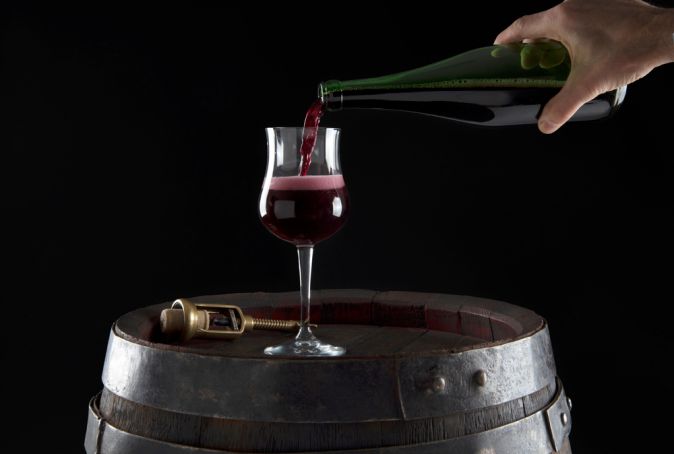
South of the Veneto and north of Tuscany is Emilia-Romagna, home of the Lambrusco wine. The Emilia-Romagna region is typically not known for the wine that produced there. Rather, it is known for its premier foods: Parmesan-Reggiano cheese, Prosciutto and Balsamic vinegar. Lambrusco grapes are used to make this sparkling, red wine.
Lambrusco grapes can be identified by their bright purple-red hue. After being harvested and the grapes are made into wine, this red wine is bottled and fermented using the methode traditionelle. This process requires much attention and care. The second round of fermentation is in the Charmat or a large steel tank.
In the 1980s, Lambrusco wine became quite popular, and the wine is now produced in bulk. The wine is usually a light rose hue, with a delicate floral profile. However, Lambrusco wine has strong aromas of cherries, watermelons, violets, orange blossoms and mandarin oranges.
Nebbiolo
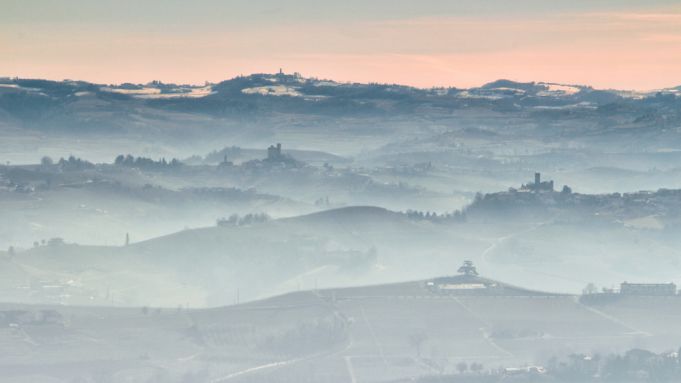
In the mountains of northern Italy, from the Piedmont region, comes the third most famous wine of the region: Nebbiolo. Like Barolo and Barbaresco wine, this red wine is made from Nebbiolo grapes. Nebbiolo is derived from the Italian word “nebbia”, meaning fog.
This comparison is likely due to a powdery-white substance that forms on the outside of the grape, during harvest season. Like most wines originating from the Piedmont region, Nebbiolo wine is classified under the Denominazione di Origine Controllata e Garanita.
The Nebbiolo wine is light. Its scent is light, too. However, it has strong notes of red fruits and roses. The taste of the wine is known to cling to your entire mouth: teeth, gums and tongue. Some of the more striking flavor profiles found in this red wine are anise, cherry, coffee and a little bit of earthy notes.
Many people suggest that Nebbiolo wine should be paired with a roasted lamb rack covered in herbs, wild mushrooms with smoked duck, and spinach pasta with white truffle.
Fiano di Avellino
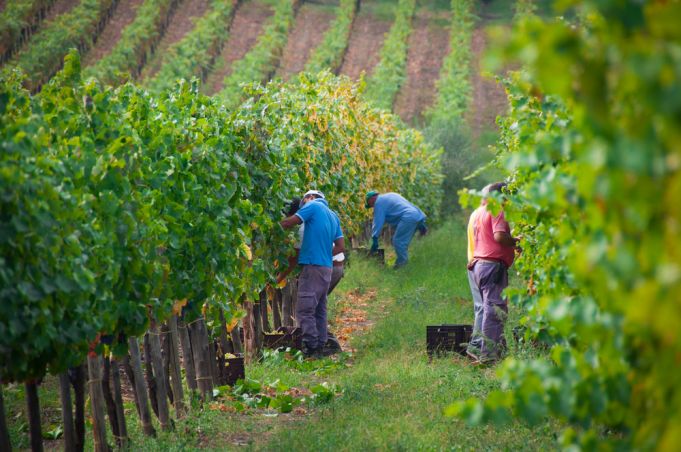
Within the Campania region, the white Fiano di Avellino wine specifically originates from the Avellino province. This white wine is high in quality, labeled as a Denominazione di Origine Controllata e Garantita. Made from the Fiano grape, the Fiano di Avellino production process starts with a soft crushing of the grape. Then, the juice is fermented for 21-25 days in a temperature range from 15 to 18 degrees Celsius.
Also read:
How to get to Pompeii from Rome and back
13 Most Beautiful Places on the Amalfi Coast
Fiano di Avellino is known for its ability to age well, and unlike most white wines, this wine is full-bodied. These qualities make Fiano di Avellino versatile for food pairings, but mostly for more delicate dishes, like fish courses. Ph: joeborg / Shutterstock.com
Chianti Classico

In Tuscany, the Chianti Classico wine is produced in several providences throughout the regions: Arezzo, Florence, Pisa, Pistoia, Prato and Siena. Known for its packaging in a fiasco, or straw basket, the Chianti Classico is a Denominazione di Origine Controllata e Garantita, but sometimes it is produced under the Superiore label. This label requires the wine to be made under a stricter production process.
Chianti Classico is made from a mix of different grapes. In a range of 75 to 100 percent, Chianti Classico is made from the Sangiovese grapes. Up to 10 percent of the wine is made from the Canaiolo grape, and up to 20 percent of the wine is made from other approved grapes. These grapes can vary from Cabernet, Sauvignon, Merlot or Syrah.
Also read:
The Via Francigena, an ancient pilgrim route
Chianti Classico, however, must be made with at least 80 percent of Chianti grapes. The remaining 20 percent can be of other red grapes. The standard Chianti Classico must age for 12 months. However, when labeled as a Riserva, Chianti Classico must be aged for 24 months.
The wine is typically acidic and very dry, with notes of tart cherries and violets. Chianti Classico is a full-bodied wine. So, it is best, when it is paired with food. Ph: Kokophotos / Shutterstock.com
Amarone della Valpolicella
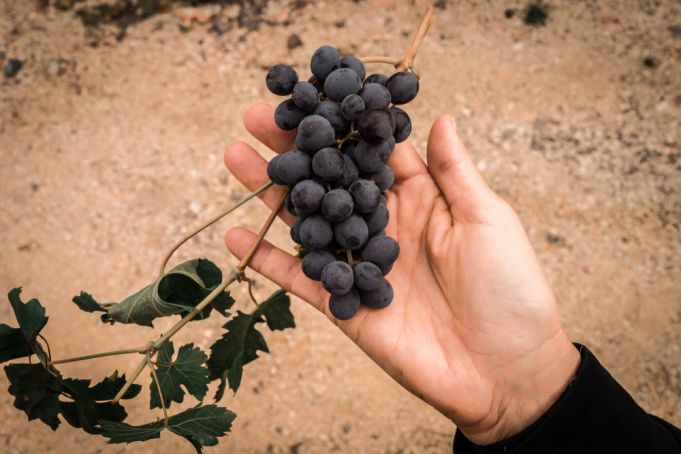
Amarone della Valpolicella is known for being one of the most prestigious red wines from the Veneto region of northeastern Italy. Made from the passito grape, the grape must be dried using the appassimento method. This method partially dries out the grapes.
Then, they are slowly pressed, and the juice is also fermented slowly. After fermentation, the wine is aged for at least two years. In rare cases, Amarone della Valpolicella will be aged for nine to 10 years. Aging is typically done in oak wood barrels. The wood originating from France or Slovenian. Although, the barrels can be made from other woods as well: chestnut, cherry and acacia.
Also read:
Once the Amarone della Valpolicella has gone through the aging process, this red wine lets off aromas of cinnamon, carob, plum sauce, black fig and cherry liqueur. These notes are strong, but other subtler scents hid underneath: chocolate, green peppercorn and, curiously, gravel dust.
Amarone della Valpolicella taste of black cherry, chocolate and brown sugar. Although, when it is aged for a longer amount of time, other flavors begin to emerge, like molasses and fig, while the taste of brown sugar strengthens.
Brunello di Montalcino
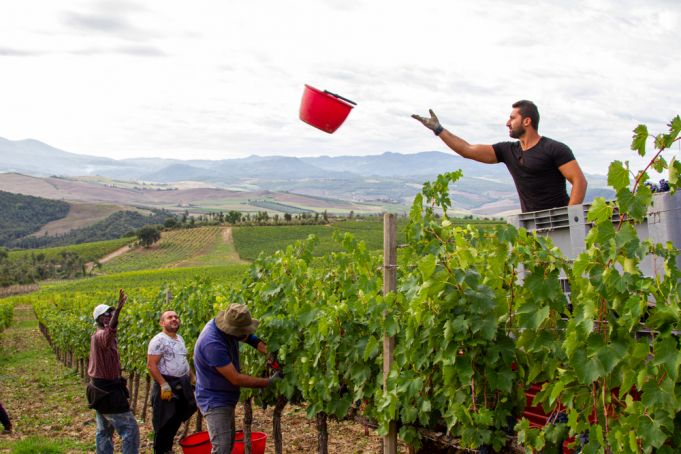
About 80 kilometers south of Florence, in the province of Siena, the Brunello di Montalcino is made in the town of Montalcino. This red Denominazione di Origine Controllata e Garantita wine is made from the Sangiovese grape. Brunello di Montalcino must be made 100 percent from this type of grape.
Before fermentation, the red wine is put through a long maceration period. During this step, in the production process, color and flavor are slowly pulled from the skin of the Sangiovese grapes.
Also read:
Visiting Val d’Orcia: our two day guide
After the maceration period, the wine starts the fermentation process and must be aged for at least five years, before it can be released. For the Brunello di Montalcino wine labeled as Riserva, the wine must age for six years.
Traditionally, the aging process takes place in large Slavonian oak barrels that have already been used before. However, the process has changed to replicate the modern, French process of aging wine. Following the French way, the wine is held in newer and smaller French barrels or barriques.
In these barriques, the aging process is faster and different flavor profiles emerge. The Brunello di Montalcino wine will have strong flavors of dark fruit, vanilla, chocolate and brown sugar. The flavor profile will be bold, at first, but as the wine continues to age, the flavor intensity will become more subtle. ph: federico neri / Shutterstock.com



